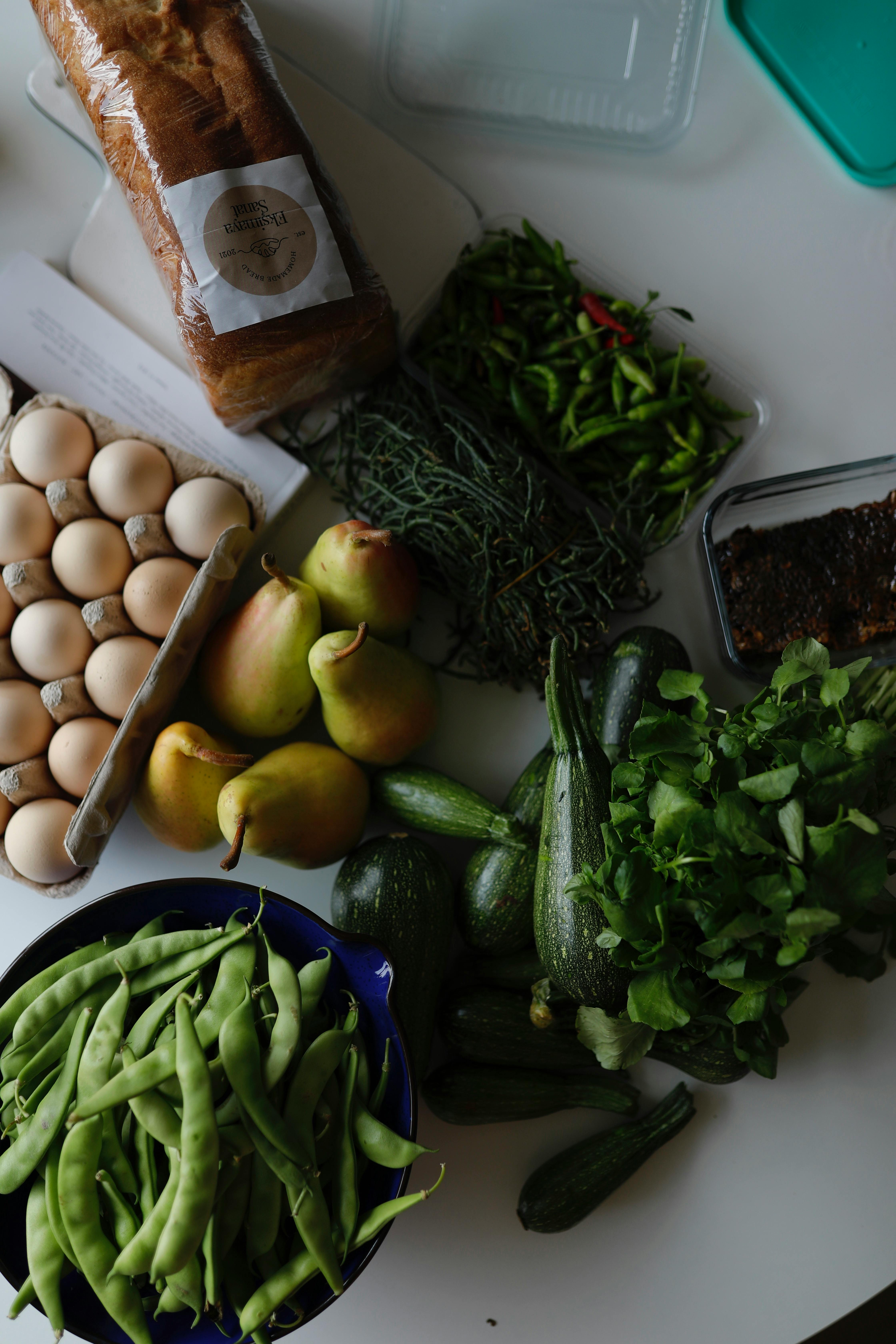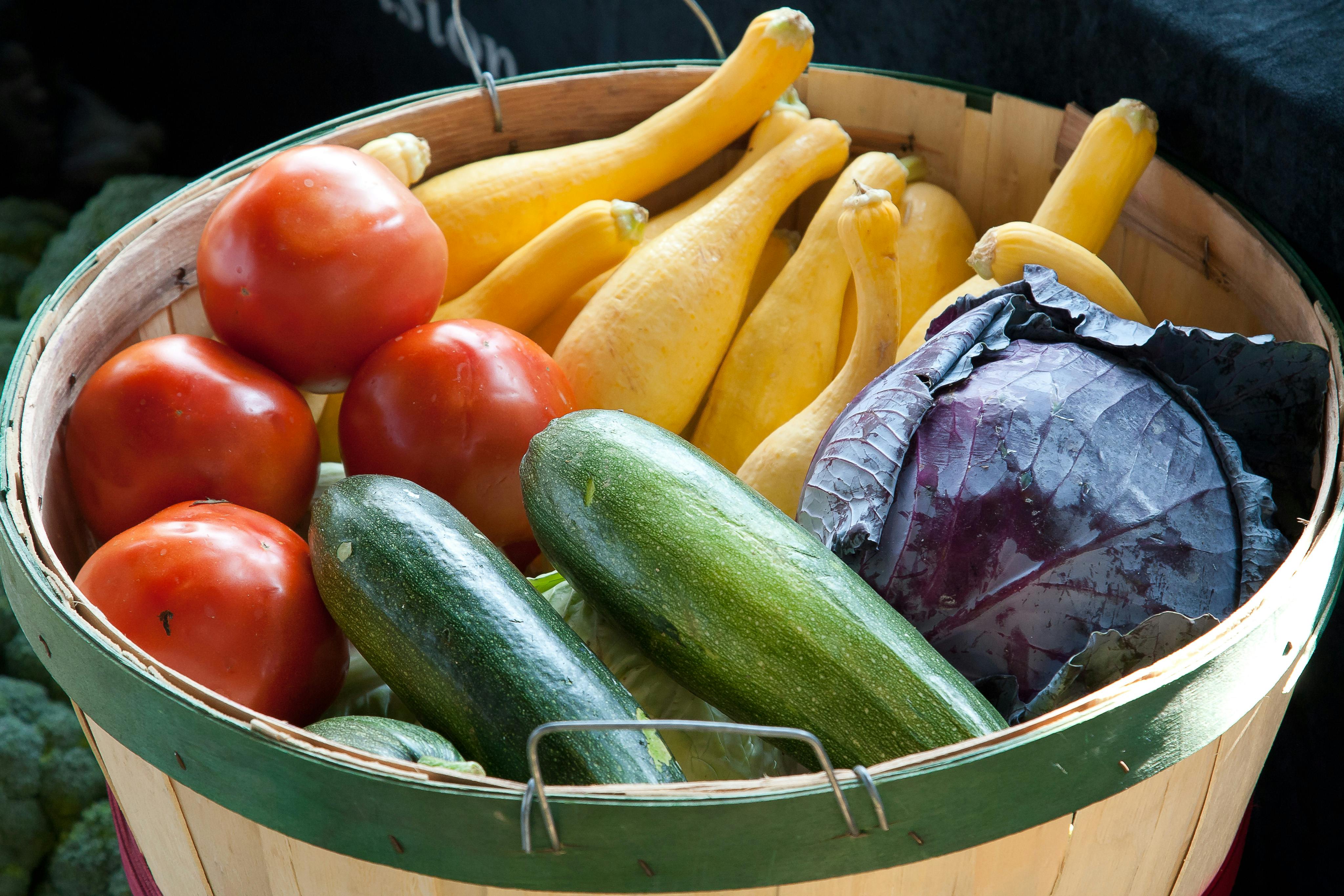Healthy Eating in Haiti: Simple Local Recipes for Lasting Change
Ever wondered why Haiti’s home kitchens always seem to buzz around the same timeless flavors, yet everyone you ask has their own take on the “healthiest” way to eat? I’ve spent years burnt, inspired, and occasionally stumped by the question. The truth is—and this might surprise some—that healthy eating here is as much about tradition as it is about adaptation. What really strikes me (especially after a few “disastrous” taste tests of my first diri kole) is how often the answer to good nutrition lies in local, accessible habits and recipes handed down with love, not in imported health trends. Actually, let me clarify that: those trends can help, but most don’t easily fit real Haitian life or budget, right?
Rooted Habits: The History and Reality of Haitian Food
Ask anyone who grew up in Haiti—food here isn’t just sustenance, it’s identity. My earliest memories of Haitian cuisine are grounded in the aroma of simmering epis (herb marinade) drifting through my neighbor’s window, the gentle puff of steam rising from a pot of joumou on New Year’s Day, or the communal laughter of families sharing a heaping plate of diri kole ak pwa (rice and beans). If there’s one thing I’ll always admire about Haitian cooking, it’s how resourceful and flexible it is by necessity. This is a country where what’s in season, what’s affordable, and what’s available define “healthy”—sometimes more so than any textbook definition ever will1.
“When you eat together, even the simplest meal becomes a feast.”
Building Realistic Healthy Habits
Let me be blunt—almost every “perfect” meal plan I read for Haiti misses the main point: success depends on what you can realistically keep doing, not on hitting some imported gold standard. Three years ago, while working with a local nutritionist near Cap-Haïtien, I saw firsthand that most families rely on a slim weekly food budget and have to stay flexible. So, what does “healthy” mean when fresh produce prices spike or when rice and oil are the only things on hand? You adapt, you get creative, and you avoid guilt over not eating “textbook-perfect” meals every time.
- Start with small, sustainable changes (e.g., add more greens to classics like lalo or switch to less oil in fritay).
- Celebrate variety whenever possible—rotating “the same old” dishes to include squash, okra, spinach, or whatever’s fresh.
- Build habits around what’s locally accessible, not imported foods that break the bank.
- Add new, healthier twists to traditional meals—a little less salt, a bit more roasted instead of fried, or more legumes instead of red meat.2
Staples and Nutritional Essentials
Let’s get specific—if you’re trying to eat healthier in Haiti, what ingredients matter most? Here’s where my kitchen experiments (and, honestly, more than a few mistakes) paid off. The backbone of most Haitian meals—rice, beans, corn, root vegetables, leafy greens—provide a pretty solid nutritional foundation. But there’s nuance: not all rice is created equal, and not every “diri kole” will deliver the same health benefits.
What I should have mentioned first: protein doesn’t mean meat. In fact, dried fish, salted cod (morue), peas, and beans are often much more wallet-friendly and, when prepared right, just as satisfying as chicken or beef. Peasant food? Maybe, but it’s the backbone of nutrition here—a reality that’s far healthier than most outside observers realize.
Key Nutritional Blocks
- Root Vegetables: Yam, sweet potatoes, malanga, cassava, breadfruit. Essential for slow-digesting carbs, minerals, and fiber.4
- Beans & Legumes: Black beans, pigeon peas, kidney beans—a powerful base for protein, iron, and zinc.
- Whole Grains: Brown rice, millet, cornmeal (mayi moulen), bulgur. More than just “filler”—higher in key nutrients than refined grains.
- Vegetables & Greens: Spinach, lalo (jute leaves), okra, chayote, pumpkin, carrots. Frequently overlooked, these provide crucial vitamins A, C, folate, and antioxidants.
Typical Serving Habits (and How to Make Them Healthier)
| Traditional Habit | Modern Tweak | فائدة |
|---|---|---|
| Large white rice base, with small side of beans | Split 50/50 rice and beans, try brown or mixed rice | More fiber, protein, and satiety per serving |
| Fried plantains (bannann peze) as main carb | Roast or air-fry, use less oil | Lower fat intake, keeps flavor |
| Red meat or chicken in every meal | Use morue, herring, or legumes several times a week | Cuts costs, ups Omega-3s, more sustainable |
| Vegetables as garnish only | Make veggies half the plate! | Added vitamins, minerals, and color |
“Food security in Haiti depends on traditions but must flex with change. Small improvements—more greens, better balance—are the roots of public health progress.”
LSI Nutritional Keywords in Action
- Balanced meal prep
- Affordable nutrition
- Local diet adaptation
- Cultural food habits
- Fiber-rich recipes
- Micronutrient diversity
- Simple Haitian recipes

Simple, Local Haitian Recipes for Everyday Eating
Okay, let’s roll up sleeves. There’s theory, and then there’s practical “get-out-of-bed-and-cook” action. In my experience, what keeps people stuck is less about a lack of willpower and more about not knowing where to start—especially when you’re staring at a pile of local produce that looks a bit different from those Pinterest-perfect health meals. Below, I’ll break down a few deeply traditional, but adaptable, Haitian recipes that hit the sweet spot of comfort, cultural pride, and twenty-first century wellness.
Recipe 1: Simple Diri Kole Ak Pwa (Rice & Beans)
- Rinse 1 cup brown rice and 1 cup kidney beans (or any available local variety).
- In a pot, combine beans with 4 cups water, simmer until tender. Reserve half the cooking liquid.
- Sauté 1 small diced onion and 2 minced garlic cloves in 1-2 tbsp oil. Add 2 tbsp epis or minced herbs.
- Mix rice with beans; add liquid, herbs, a pinch of salt, optional scotch bonnet (for heat). Cover and simmer on low until rice is cooked through.
- Serve with fresh avocado and grated carrots (half your plate veggies for bonus points).
Recipe 2: Seasonal Joumou Soup (Squash Soup)
- Use local pumpkin or kabrit squash (if in season).
- Blend boiled squash with water, onion, celery, and carrot for a vitamin-rich base.
- Add diced potatoes, carrots, cabbage, and, if desired, a cut of lean beef or morue. Simmer with garlic and thyme.
- Finish with a splash of lime, parsley, and a handful of whole-wheat pasta or cornmeal dumplings.
Adjusting for what’s available truly defines Haitian soup. Some weeks, my family’s “joumou” becomes a vegetarian celebration; others, we lean on scraps of salt beef for flavor. There’s no “wrong” as long as you’re using what you have and stretching it richly.
Recipe 3: Pikliz (The Essential Spicy Vegetable Relish)
- Toss together shredded cabbage, carrots, onion, and thin-sliced pepper.
- Pack into a clean jar, cover with mix of white vinegar and lime juice, a bit of salt, pinch of sugar.
- Toss in a whole Scotch bonnet for spicy bite—let it ferment for 1-2 days at room temp, then move to fridge. Adds zing and gut-friendly bacteria to any plate!
Local Substitution Table
| If you don’t have… | Use this instead | Added Health Benefit |
|---|---|---|
| Carrots | Chayote or kohlrabi | More hydration, different fiber |
| White rice | Mayi moulen (cornmeal) | Lower glycemic load, more B-vitamins |
| Chicken | Pigeon peas (pois congo) or salted cod | Heart-healthy protein, still savory |
| Cooking oil | Roast or steam instead—it works! | Slashes calories, keeps nutrients |
“Change is easiest when you tweak what you already know. That’s what keeps Haitian cuisine alive—from mountain villages to Port-au-Prince markets.”
Overcoming Real-Life Challenges
If you’ve tried to shift your eating habits in Haiti (or, honestly, anywhere), you already know—it’s not usually lack of knowledge that trips people up. It’s the relentless grind of daily realities: fluctuating food prices, seasonal supply hiccups, unreliable transport. What I’ve consistently found is that motivation wanes when plans demand too much of what’s scarce—be it time, money, or patience. This is where building durable habits, not “perfect” habits, matters most.
- Embrace what’s local and in season—those items are not just cheapest, they’re freshest.
- Batch-cook when staples are plentiful–freezing portions of diri kole, bean stew, or veggie soup saves future stress.
- Talk to neighbors. You’ll get the best tips on adapting recipes to lean times—and more encouragement than you might expect.
- Forgive yourself for “off” days. Consistency, not perfection, sustains new habits.7
“You don’t have to eat less, just eat smart and together. Haiti’s healthiest tables have always been full of color, laughter, and borrowed recipes.”
Future-Proofing: Adapting Habits for Tomorrow
Looking ahead, I’m both nervous and hopeful. On one hand, challenges like climate change, rural-urban migration, and food import dependence all make “sticking with tradition” more complicated.8 On the other, there’s an explosion of local wellness groups, community gardens, and “fusion” cooks reimagining what Haitian food can be without losing touch with its roots. It reminds me: new habits only last if they fit the world as it’s becoming—flexible, resilient, always learning.
- Explore new local crops or recipes when they appear—never be afraid to ask “How do you use this in your kitchen?”
- Document your own successful tweaks (a notebook, a WhatsApp group, whatever works)—it helps you and others stick with it.9
- Share your “failures” as much as your wins. Future cooks (and future you) will thank you for honest attempts.
- Learn about food sustainability, and support local farmers’ markets when you can. The more local demand, the more resilient the food system becomes.
مراجع
مراجع



